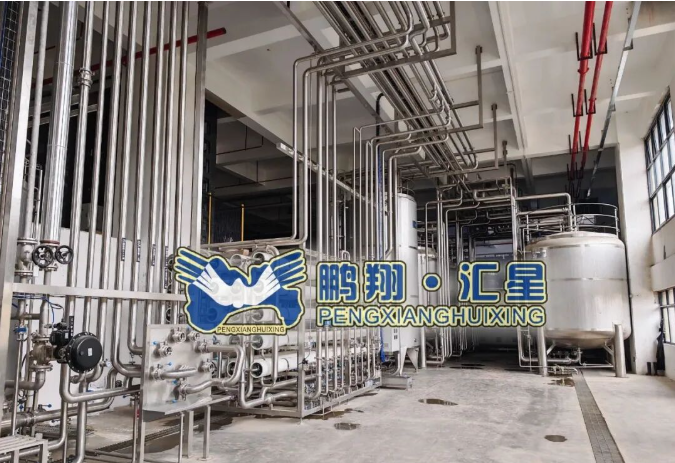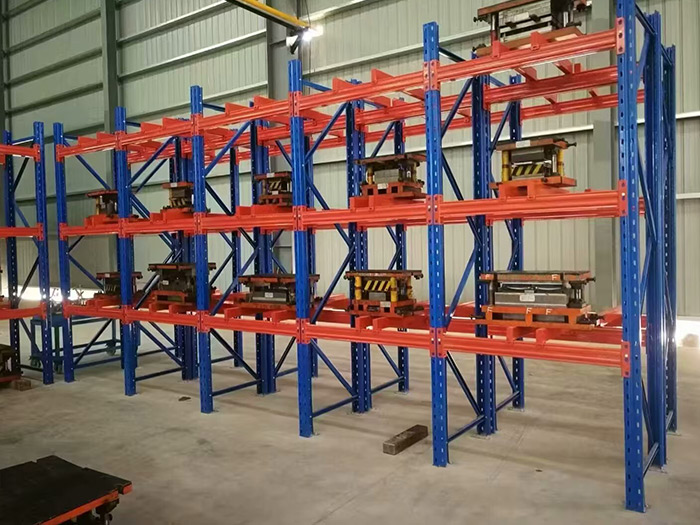When it comes to designing a functional and aesthetically pleasing kitchen, the placement of appliances in relation to countertops plays a crucial role. The question often arises: should appliances be installed before or after countertops? In this comprehensive guide, we will delve into the factors to consider, the pros and cons of each approach, and provide expert recommendations to help you make an informed decision.
- Understanding the Importance of Appliance Placement:
Efficient workflow: Placing appliances strategically can enhance the workflow in your kitchen, ensuring a seamless cooking experience.
Safety considerations: Proper placement can minimize the risk of accidents and injuries, especially when dealing with hot surfaces or heavy appliances.
Aesthetics and design harmony: The arrangement of appliances in relation to countertops can significantly impact the overall visual appeal and harmony of your kitchen. - Installing Countertops Before Appliances:
Advantages:
- Precise measurements: Installing countertops first allows for accurate measurements, ensuring a perfect fit for appliances.
- Seamless integration: Appliances can be seamlessly integrated into the countertop design, creating a sleek and cohesive look.
- Easier cleaning: With countertops in place, it becomes easier to clean and maintain the kitchen area.
Disadvantages:
- Potential damage: During the installation of countertops, there is a risk of accidental damage to appliances, especially if not adequately protected.
- Limited flexibility: Once countertops are installed, it may be challenging to make changes or adjustments to appliance placement.
- Installing Appliances Before Countertops:
Advantages:
- Flexibility in placement: Installing appliances first provides greater flexibility to adjust their position based on personal preferences and ergonomic considerations.
- Protection during countertop installation: Appliances can be adequately protected during the countertop installation process, minimizing the risk of damage.
- Easy access to utilities: Installing appliances first allows for easier access to electrical and plumbing connections.
Disadvantages:
- Potential measurement inaccuracies: Without countertops in place, there is a higher chance of measurement errors, which may result in ill-fitting countertops.
- Aesthetics may be compromised: The integration of appliances with countertops may not be as seamless, potentially affecting the overall visual appeal.
Expert Recommendation:
Based on industry best practices and considering the pros and cons of each approach, it is generally recommended to install appliances before countertops. This allows for precise measurements, seamless integration, and easier cleaning. However, it is crucial to work closely with professionals, such as kitchen designers and contractors, to ensure proper protection of appliances during countertop installation.
Conclusion:
The placement of appliances in relation to countertops is a critical decision that can significantly impact the functionality and aesthetics of your kitchen. While both approaches have their advantages and disadvantages, installing appliances before countertops is often the preferred choice. By understanding the factors at play and seeking professional guidance, you can create a kitchen that not only meets your practical needs but also showcases your personal style and taste.



More Stories
双旦快乐
Nicotine Sugar Tablets: A Traveler's Companion for Smoke-Free Trips
Lidi Toys Launches the Best Mini Soccer Goal for Kids: Perfect for Backyard Fun!